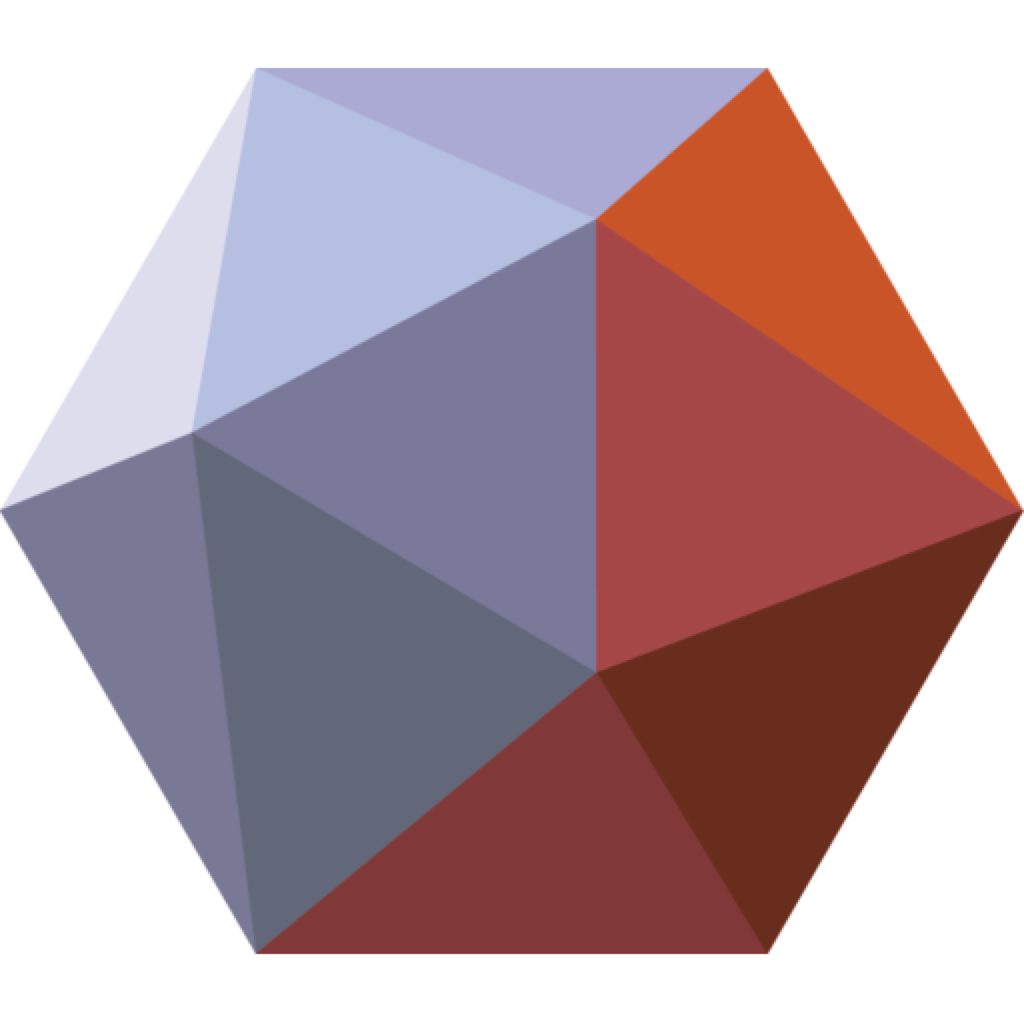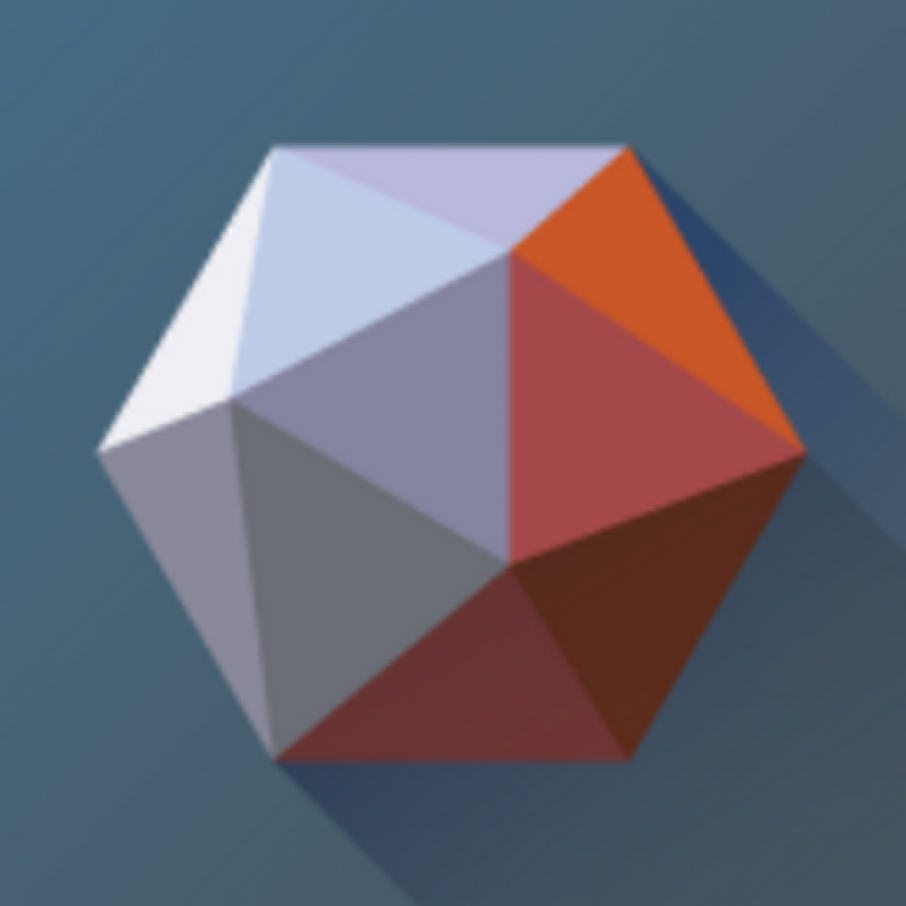
In our case I think it will be better capture the images first and start them processing while the scanning is done. I'll fill in the gaps behind the ears from the laser scan. I've been reprocessing some old image sets taken for texturing of laser scans and while I didn't capture enough overlap for creating a complete model (a sculpted head) I got 90% of an object with only a few small gaps behind the ears with a better mesh than our laser scanner. The scanning and photos took 2 days, and the mesh cleanning and edition to deliverables took 1 week. It has been CAD modeled out from scans taken with a Faro Focus3D.

The cross was removed during scans and photos. The ground control is shared by the two techniques and that makes just straightforward the alignment of both datasets. Here you are an Example of a model that results from laser scanning with a Perceptron V5 on a Romer Infinite arm, textured in Photoscan from 70 photographs taken with an Olympus E3.
Meshmixer update windows#
The stability on Windows has improved a lot. It's a great little program although it's performance starts to slide on bigger models. I'm keeping the old installers just in case it becomes time-limited in the lead up to an pricey version, but hopefully it will stay free.
Meshmixer update update#
The last update saw it assimilated into Autodesk's 3D apps, in particular as a print driver for Design. I wonder what it will turn out to become as a final product from Autodesk, though.pricing, etc. It's also somewhat buggy, although not as much as Meshlab. One drawback of Meshmixer is that you seem to lose your imported texture once you start refining the mesh, it just turns to a flat shade solid color in those areas. It doesn't seem to choke too heavily on dense geometry, either. I've re-imported and re-textured in Photoscan with nice results. I've been fairly impressed with seems to give you a nice amount of control over smoothing and reducing resolution interactively, and it has some nice repair/solidifying functions. Texturing is one of the weak points of the laser scanners we've looked at and manually aligning/painting photographic textures in ZBrush is a lot harder than it looks (to do well) Photograph object, create dense cloud in PS and export points, align laser scan to PS point cloud in MeshLab, import laser scan into PS and build texture.While the last one sounds like a lot of extra work, it's not really. My 3D sculpting skills need work too ) () * Exporting mesh for editing/smoothing in MeshMixer. Not convinced this was entirely practical and my thinking may have been flawed on this one * Exporting dense point cloud and generating a mesh in MeshLab, Poisson reconstruction with a "high" samples per node to create a smoother mesh, import back into PS to generate texture.

As I'm exploring different workflows at the moment I was wondering if anyone would care to share some of the uses they have for importing meshes back into PS. Reprocessing some old images and discovered importing meshes into PS.


 0 kommentar(er)
0 kommentar(er)
